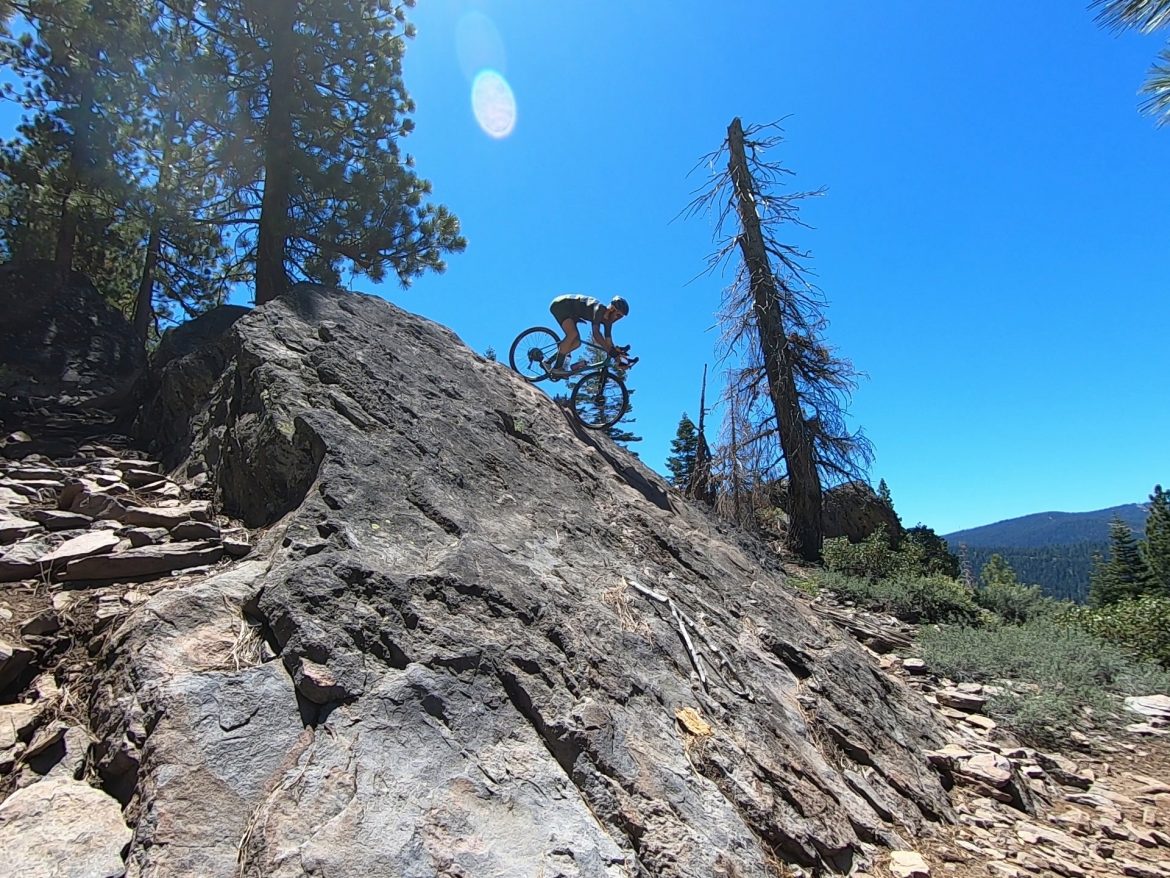
Some call them 90s mountain bikes brought back from the dead. Some call them rebranded cyclocross bikes. Geoff Kabush calls gravel bikes “whatever they’re called.” It doesn’t really matter, but the category that’s currently referred to as “gravel bikes” is on fire, and they are more versatile than almost anything that has come before.
Gravel bikes have brought roadies and mountain bikers to compete in the same events. Road bikers can get off of busy streets and mountain bikers can build endurance like a roadie whilst still getting good and dirty.
Or, if you’re anything like Kabush, you can “under bike” and really work to build those bike handling skills without several inches of suspension. We wanted to find out how exactly under biking works for Kabush, why he’s adamant about it, and if it helps his mountain biking.
When would you say you started gravel biking and when do you feel like it’s really become a thing of its own?
I always, like everyone, rode the road bike on gravel pathways and dirt roads to connect rides, but I think for me, when I started the partnership with Yeti in 2018 I think as part of that I started partnership with Open as well because the owners, Conway and Andy Kessler were friends from back in the day and they’d done a collaboration with the Turquoise Open bikes.
It was then that I got a couple of the Open UPs and the drop bar bikes started to have clearance for bigger tires, and more and more things have adapted to those bikes to increase the performance, with tire inserts and ergonomics and braking, but that’s when I started riding.
I definitely struggled with what to call it. I think the next year I did the Ice Man Cometh on it. It was fun experimenting a bit with what it was capable of and that’s a lot of what I do these days is try to push the limits of things and find the sweet spot of what these bikes are capable of.
Where do you feel like they’re different from a 90s mountain bike or an old cyclocross bike?
There’s definitely been a lot of comments. I mean we’re working with Fox right now for front suspension, so definitely a lot of comments. But for me, the big difference between a hardtail with a flat bar is the kind of rides you can do, the diversity of rides you can piece together that wouldn’t be fun on a mountain bike.
A lot of the rides I do in NorCal or in East Bay or up here in Truckee, it’s connecting some dirt with pavement for a while, then connecting some dirt roads, a little bit of singletrack, and it’s really cool to do the kind of loops you can put together on these kinds of bikes.
But without the drop bars, it’s no fun riding a mountain bike, say on a fast road for an hour, but on the gravel bike, whatever you wanna call it, it’s enjoyable.
Same thing here, I can ride over to Lake Tahoe and then jump on the Flume trail which is actually really fun to do on a drop bar bike as well, and those rides, I never do on a mountain bike just because I wouldn’t want to ride that long on the road and run out of gearing.
And it looks like you’re running a 2x drivetrain?
Yeah at the moment. My latest bike I’ve built up a 2x with the XTR cassette, but that makes it really capable. But I think there are some benefits with the chain line and the gear ratios you can get with a 2x. Still a fan of the front derailleur right now.
You can still feel when you’re really cross-chained and feel the tension and resistance in the chain, so still some efficiency benefits as well.
Are you running a dropper post?
I’ve tested one a bit and for me it’s not quite the limiting factor right now. It’s fun if you’re doing serious under-biking. I think there can be a place for it, but with the lower gradient terrain, I like having the extra balance point of the saddle there. It’s really just a balance of the bike being light and fast and capable and figuring out what the weakest link is.
I’m sure we’ll see more seat droppers coming out and seeing what that sweet spot is. Maybe up in BC, with a 1x and dropper, on more technical gravel, but a lot stuff down here is pretty low gradient.
What width tires have you been using?
40s or 45s. Most of the Maxxis tires come in 40s. When I was out in Utah and did the Kokopelli trail I ran the 45 Ramblers. I’m running CushCore on some challenging trails like White Rim and Kokopelli but when you start to run heavy construction and 45s and CushCore it can start to get a bit more sluggish. So that’s one of the benefits of the inserts is that you can run lighter, suppler tires and get that low pressure performance. I think we’ll still see some evolution on the tires, just like on a cross-country bike, and pushing more to the mid-40s and with a lighter construction.
And how is it going with the Fox RAD fork?
I think I got it in the fall sometime so I’ve ridden it throughout the winter and got a bunch of hours on it. I was skeptical about it for sure, versus just running higher volume tires, but I think it’s good to be skeptical.
I think the first Fox AX 32, which was kind of a converted mountain bike fork was maybe a bit ahead of its time as far as where it fit in, but yeah, the last three years the tire construction, inserts, and ergonomics have evolved so now you can definitely take advantage of it. It’s certainly made my longer rides much more enjoyable and relaxing.
On to the riding. Do you use gravel riding as part of your training plan for mountain biking at all?
The thing for me, it kind of keeps things fresh and enjoyable to ride all kinds of bikes and definitely I’ve been really enjoying getting on the Open quite a bit.
Especially up here in Truckee the roads are kind of limited, so it really expands the number of rides. I just don’t like doing the same rides over and over so it opens a whole new world really with roads and gravel and kind of easy singletrack.
I think a lot of riders get locked in on equipment they’ve maybe been told is best, but for me it’s important to ride a diverse set of bikes and get a feel for what’s possible with tires and grip and pushing the limits of equipment.
The big thing I think is there’s an epidemic of over-biking on the trails – and it’s fun to ride a bike that’s suited for the trails. A lot of the fun I think is kind of being close to the limit on the gravel bike on singletrack and some of the trails and it makes it a lot of fun. It definitely makes for good perspective looking at equipment even for the XC racing. I just watched some of the World Cup and can’t believe some of the tire setups that people were racing for short track.
It sounds like you get some enjoyment out of under-biking and seeing what you can get away with on a trail ride?
Yeah, definitely. Like doing Ice Man Cometh for the first time on a drop bar bike put a big smile on my face. It’s fun for sure seeing what you can get away with.
I mean, I come from BC and have a lot of technical abilities so I’ve definitely had fun pushing limits pretty far, but I think with people who want to get off the road can really expand their rides with the new bikes and technology.
It’s fun to get off the road and away from traffic. We’ve seen too many incidents on the road. It’s pretty amazing to get out and do these 4-5 hour endurance rides and hardly see any vehicles or people.
Do you feel like gravel riding expands your handling skills underbiking like that?
Well, like I said, people get very comfortable on very capable bikes and don’t get close to the limits of their bikes, and so underbiking, you get a really good feel for the limits of tires and how big a difference the tire pressure or the impact of tire inserts, or even just geometry and balance on the bike.
When you’re under-biking you’re always pushing quite close to the limits. The fun part is to see how fast I can go on the narrower tires. People stress a lot about tread pattern but really it’s down to pressure and rubber and construction; and tread pattern is the last thing that I look at, and you realize what’s important for performance and what you can get away with.
Those kind of carry over to the racing that I do and using my skills and equipment to see what I can get away with and how I can gain an advantage, and you definitely become acutely aware, riding these bikes on technical, fast singletrack, where the limits are and what you can get away with.
And, I mean you have to really train yourself – because you’re closer to the limit on braking and being relaxed and body position, because you get a pretty quick feel for that fear when you’re that close to getting loose.
I’ve noticed that the trail feels faster [on a gravel bike]. I’m definitely not faster on one, maybe it’s the position, but it feels faster.
Definitely. It’s a fun sensation, being on the limit. It is fun, definitely on tight, twisty singletrack you can lean into corners with trees and bushes a lot more with drop bars, which is pretty fun. But on the green and blue trails, anything really chunky and fast, obviously you can’t hold it as wide open.
Those cover my questions. Anything you’d like to add?
I think a lot of feedback they are getting lately – it’s just back to 90s mountain bikes. But the big thing for me is how diverse these bikes are. A mountain bike is just not all that fun to ride on the road or it doesn’t have the gearing, so that’s what kinda makes these bikes special in my mind – the diversity of training and riding you can do enjoyably on them.
This interview has been edited for length and clarity.
















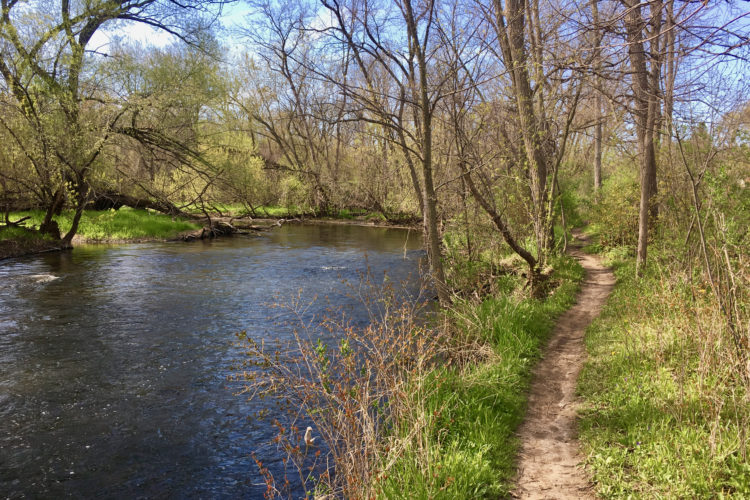
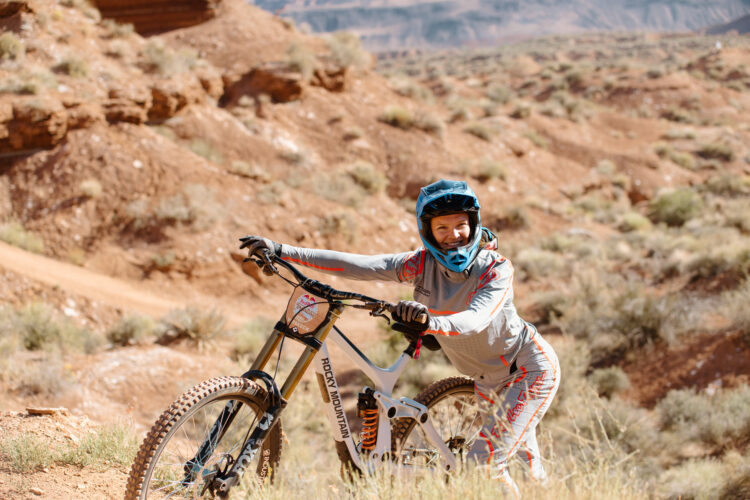
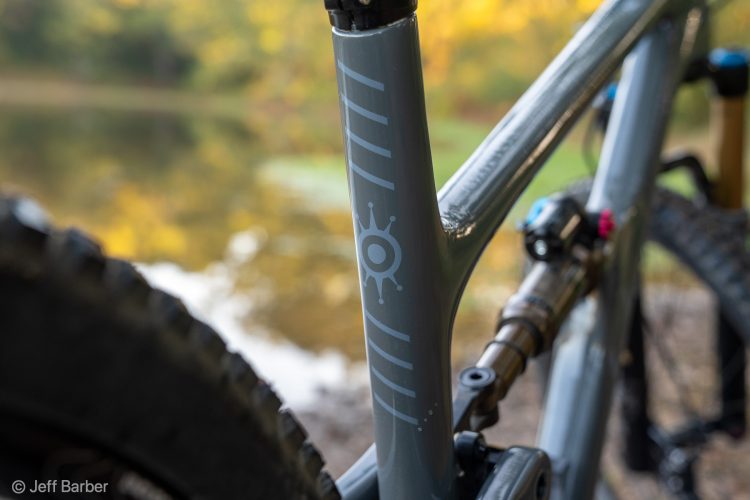
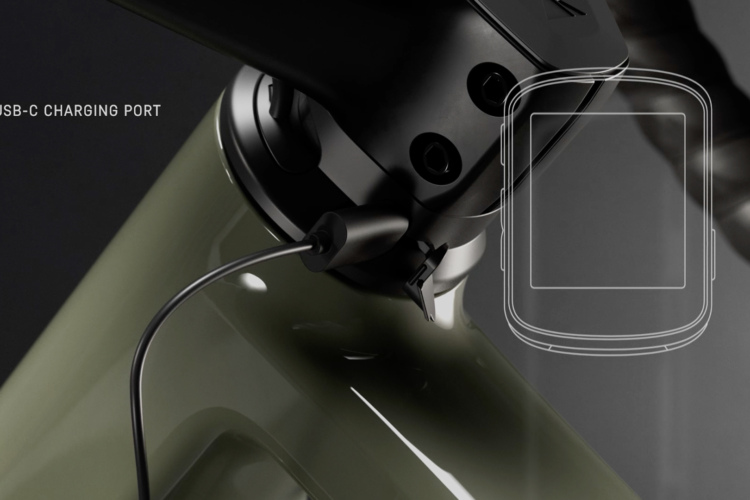
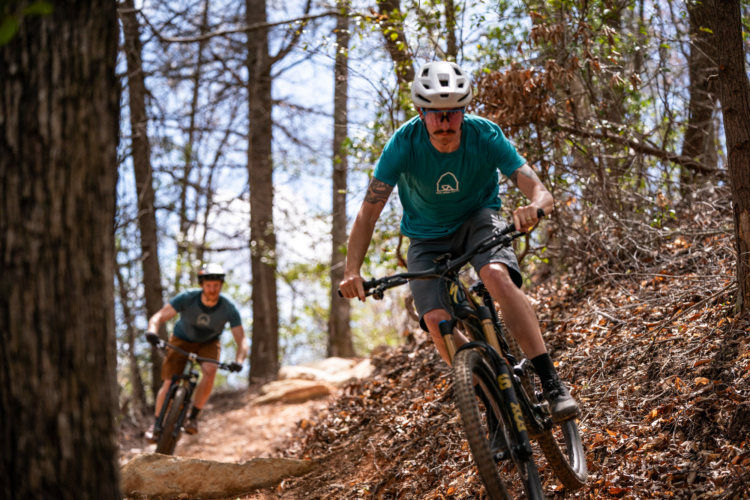
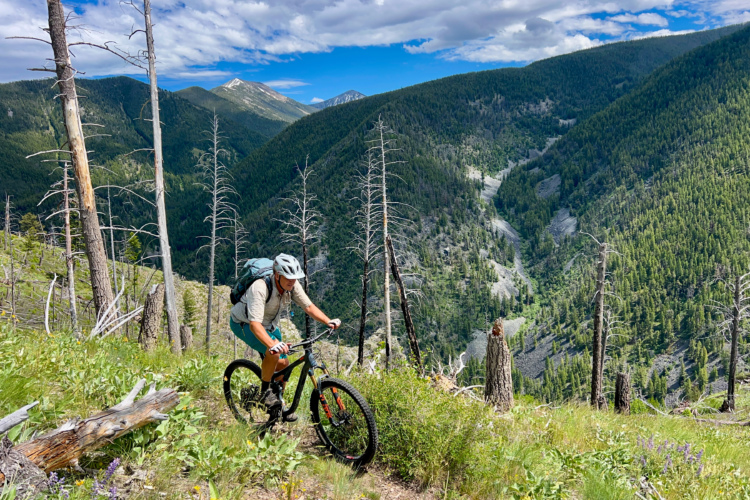

1 Comments
Jul 2, 2021